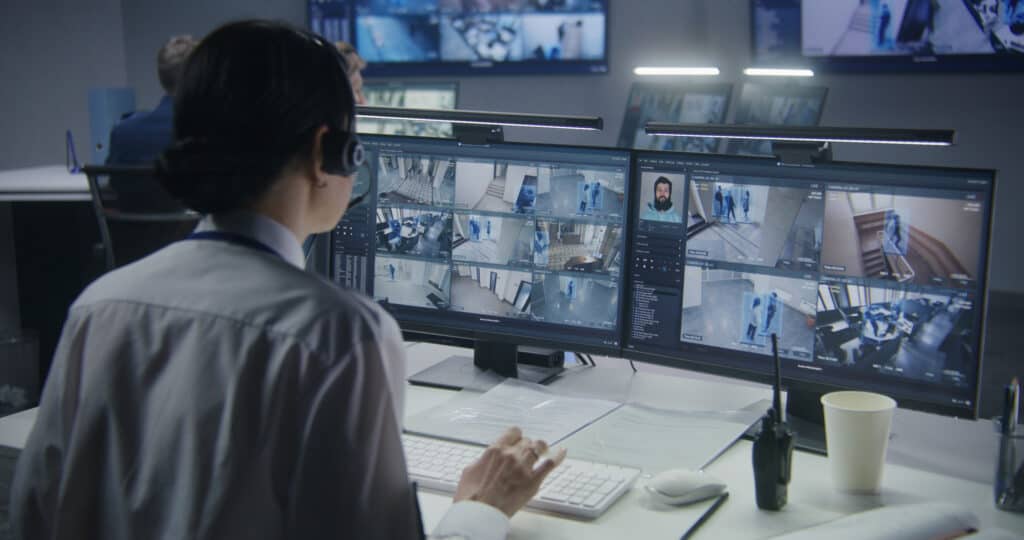
Gatehouse Security is a small building located at the entrance to a facility, such as a warehouse, government institution, business park or industrial development. It is a checkpoint typically staffed by professional security guards who control and regulate access to a site, to ensure only authorised individuals gain entry.
The role of a Gatehouse Operator is multifaceted, involving a blend of security, administrative, and customer service duties. They are typically positioned at the entry and exit points of a facility playing an important role in controlling access, ensuring security and managing traffic flow.
At Gatehouse Security, you can expect a range of protocols. Here’s what generally happens when you reach a gatehouse security checkpoint:
Security Controls – On approaching the Gatehouse Security it may have barriers, gates or bollards in place to control the access of your vehicle.
Vehicle Identification Systems – There maybe technologies like Automatic Number Plate Recognition (ANPR) systems in place that can identify and log your vehicle when entering and exiting the facility.
Identification Checks – Generally security personnel would have been informed of your visit in advance of your arrival. If this is the case, you will just need to provide your name and organisation. If you arrive unannounced, it is highly likely you will need to provide some form of identification such as a driving licence. The Security Guard will then contact the person you wish to meet to receive their authorisation for you to access their premises.
Access Control Systems – Gatehouse Security may operate technological advancements such as card readers, biometric scanners, or keypad entries to authenticate your visit before you are granted access.
Inspections – If you are delivering goods to the facility, your vehicle maybe checked for unauthorised or hazardous materials.
Check-In and Check-Out – Once your identity has been verified and you have been authorised entry, you may be escorted to your desired location within the facility. You will need to check-out and possibly provide ID again to exit the facility if Automatic Number Plate Recognition (APNR) is not in operation.
Access Badges – It’s more than likely you will be issued with a visitor badge; this enables you to be clearly identified as a temporary guest by employees and security personnel.
Vehicle Parking – You may be issued a parking permit or directed to a designated visitors car parking area.
CCTV Cameras – Most Gatehouse Security facilities operate surveillance cameras which are constantly monitored, 24 hours a day.
Gatehouse Security Patrols – Additional security guards may be actively patrolling the facility during your visit.

Gatehouse security guards should be able to assist in providing directions, they might provide you with a map, if you are visiting a large facility and you may be provided with a short safety protocol briefing.
They’ll help in resolving issues or complaints from visitors or staff members, ranging from access issues to enquiries about facility policies.
Emergency Coordination – Whilst is unlikely you will experience an emergency whilst at the facility, Gatehouse Security generally act as the first point of contact in the case of an emergency, coordinating emergency services and internal response teams, when necessary.
Incident Reporting – Gatehouse Security personnel are responsible for reporting suspicious incidents or security breaches. They’ll action emergency protocols when necessary.
Being a great security guard involves far more than just holding a current Security Industry Authority (SIA) license. Find out more about what makes a great security guard here by Abbey Petkar, our Managing Director.
If you need advice or are seeking professional, approachable, flexible Gatehouse Security guards who can provide a return on your security investment contact us today.
April 2024